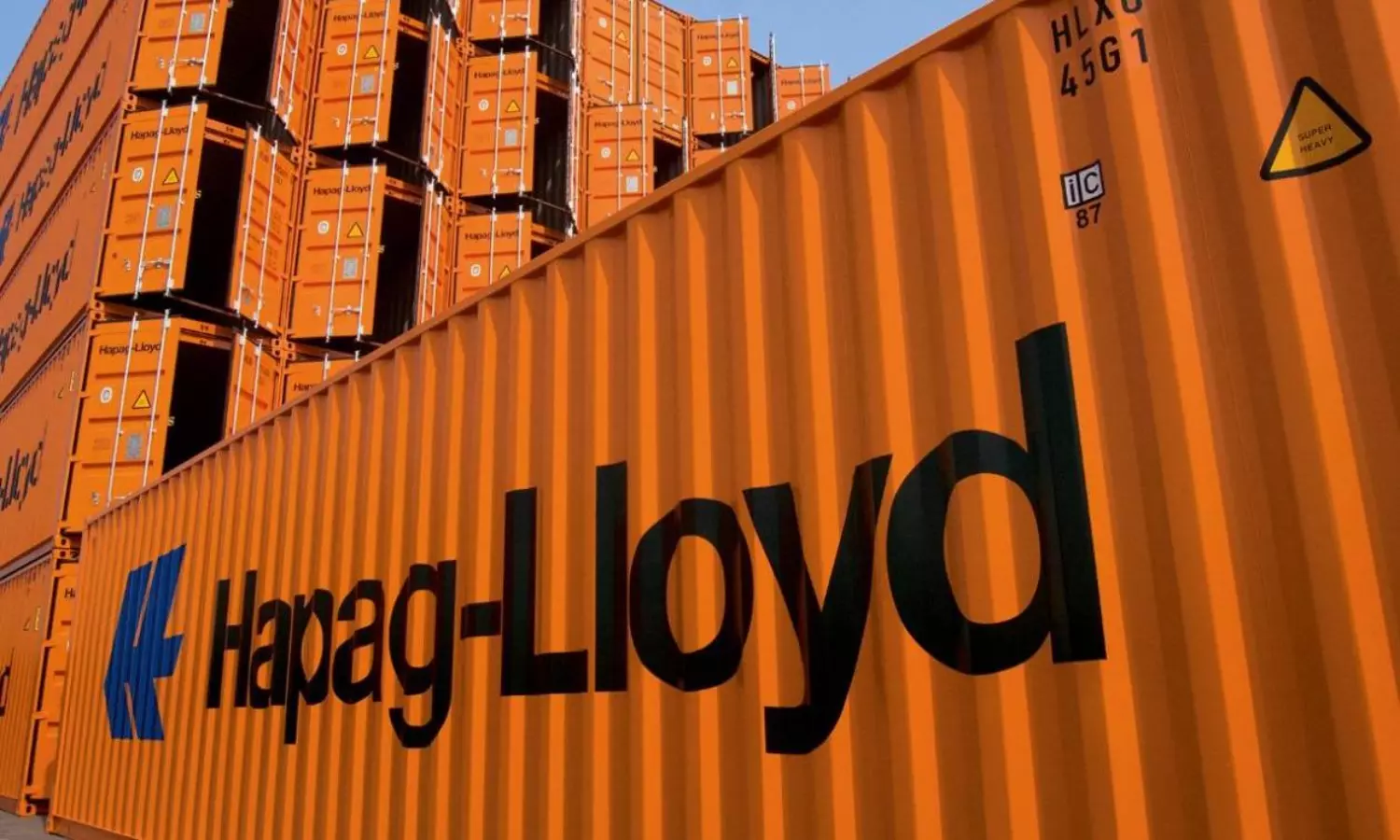Container shipping stock prices resilient: Drewry
Despite continuous fall in freight rates, stock prices of major liners are consolidating at historically low valuations

Amid falling spot freight rates, Drewry has significantly reduced the industry profitability forecast for 2023 but the ongoing consolidation at the current price-to-book (P/B level) hints that the financial community has already accounted for the near-term weakness.
"Container companies continue to prioritise building cash war chests instead of deleveraging. Also, vertical integration moves will make their business model resilient in the long term," says Ankush Kathuria, Lead Analyst, Drewry Maritime Financial Research in his latest update.
Low demand, weak freight rates
While 2021 was the year of easy money, 2022 saw rapid monetary tightening by central banks around the globe to tame the heightened cost of living. "Amid the worsening economic situation, container volume growth started to decline. This, coupled with the easing congestion in ports (which added to the effective container capacity), lowered freight rates. Accordingly, the Drewry World Container Index declined by 77.5 percent in 2022. While we expected liners to be aggressive in capacity management, taking advantage of the higher coordination owing to the highly consolidated industry, it seems liners have prioritised maintaining their market share over arresting the free fall in freight rates."
Revenues to decline in 2023
Carriers posted phenomenal revenues in the first three quarters of 2022. "However, we expect a significant decline in 4Q22 numbers on a YoY and QoQ basis. Results declared thus far for 4Q22 point in the similar direction. Hapag-Lloyd’s EBITDA and EBIT slumped by about 32 percent and 35 percent QoQ in 4Q22. Similarly, Maersk’s EBITDA and EBIT slumped by 39.8 percent and 46 percent QoQ in 4Q22. In line with dimming industry prospects, the company expects its EBIT to come in a range of $2-5 billion (vs 2022: $ 30.9 billion). We expect a similar trend in the results of other companies under our coverage."
Drewry, thus, has significantly downgraded industrywide 2023 profitability estimates as the effects of the deteriorating macroeconomic environment, improving supply chain logjams, record capacity additions and falling spot freight rates start to affect earnings.
Vertical integration starts playing out
The race for providing end-to-end integrated solutions played a foundational role in the breakup of the 2M alliance as the strategies of the two carrier giants Maersk and MSC became irreconcilable, says the report. "While MSC has been focused on aggressive liner fleet expansion via newbuild investments and the S&P market, Maersk has preoccupied itself with expanding its end-to-end logistics capabilities. To this extent, it acquired The Martin Bencher Group, Pilot Freight Services, LF Logistics Holdings and Senator International. While Maersk’s strategy focuses on the complete value chain, other players are also integrating their capabilities to enhance the value proposition of their offerings. Notably, Hapag-Lloyd acquired a 35 percent stake in India’s J M Baxi Ports & Logistics from Bain Capital after announcing a new transshipment terminal being built in Damietta (Egypt), following the purchase of the ports and logistics business of SM SAAM, an acquisition of a 49 percent stake in Spinelli Group, as well as a 30 percent shareholding in Container Terminal Wilhelmshaven. HMM revealed a KRW 1 trillion ($790 million) investment plan to diversify its business portfolio over the next five years (2022-26)."
Shipping a value buy
Owing to the high correlation between freight rates and earnings of liner companies, the Drewry World Container Index and the Drewry Container Equity Index move in tandem under normal circumstances "but a divergence in the movement of these indices has been recorded. Despite the continuous fall in freight rates, stock prices of the major liners have started to consolidate at the historically low valuation level. At the current Price/Book (P/B), the industry is half its five-year historical average, marking the opportunity for equity investors."


